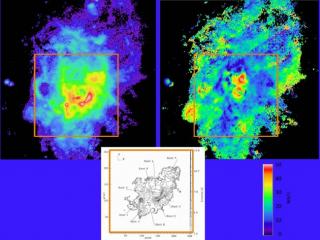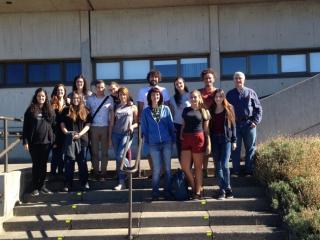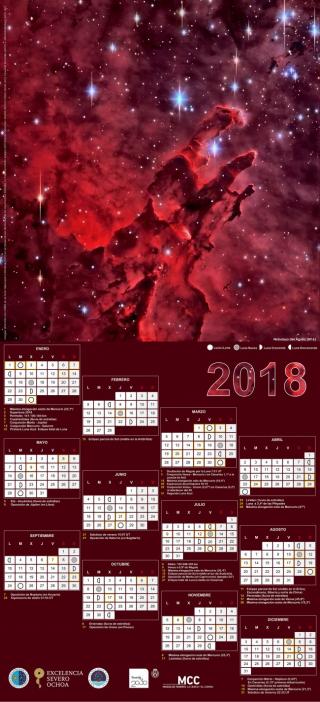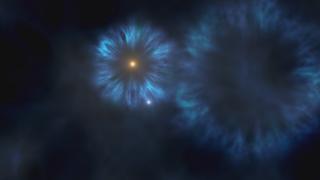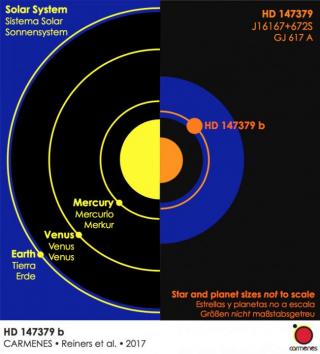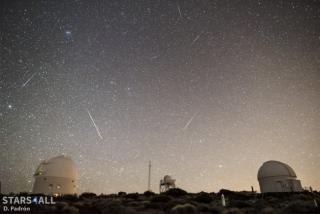
This astronomical event will be broadcast live and via the sky-live.tv channel during the small hours of January 4th, with the collaboration of the European STARS4ALL project. This first meteor shower of the year may bring us spectacular images. We will have to wait for the Lyrids in April to be able to observe another meteor shower. Observatorio del Teide.
Advertised on
